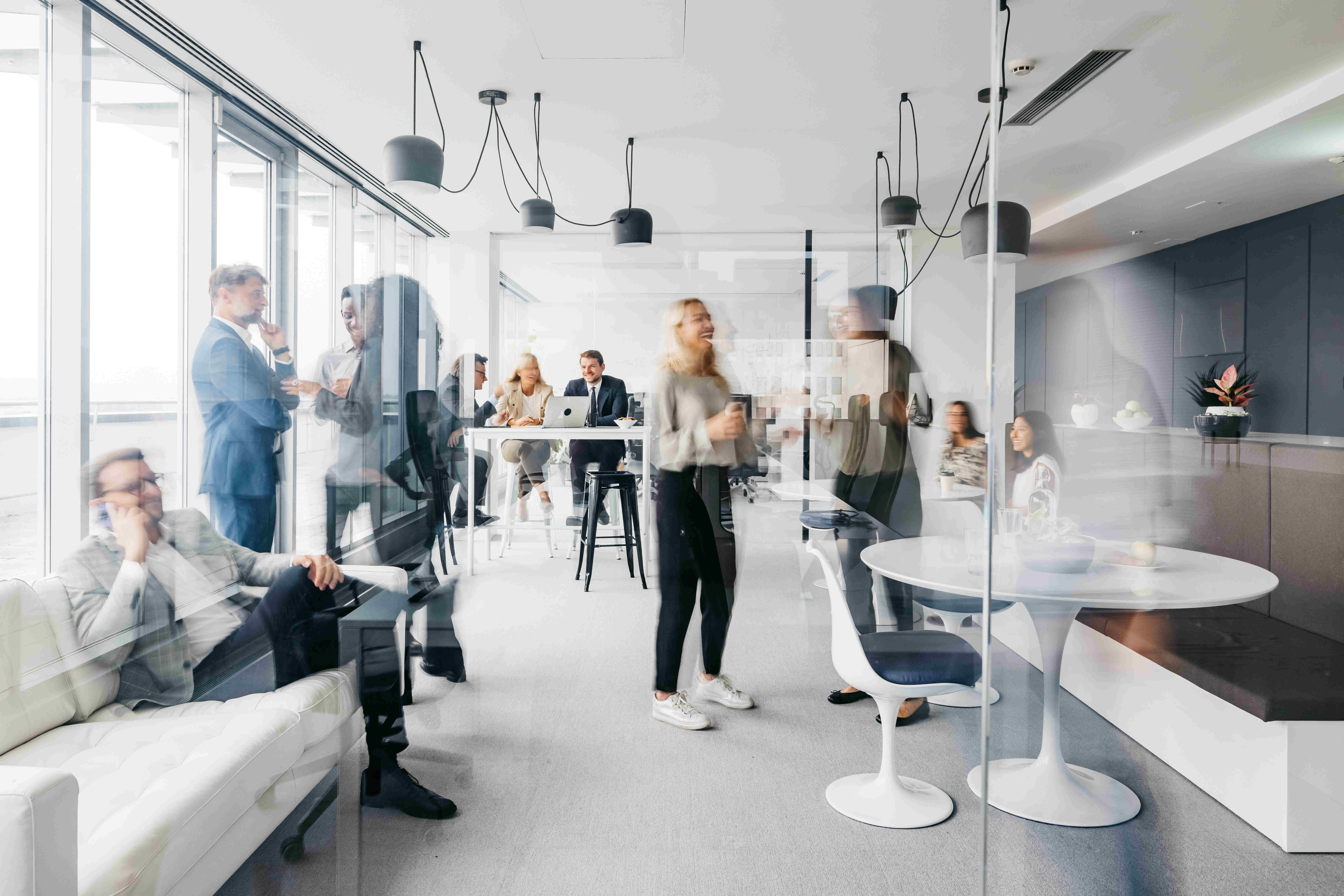
Office trends continue to be a hot topic. More than ever before, businesses are now continually reviewing their operational requirements following a two-year period of gestation. Some have considered out-of-centre locations whilst others chose more flexible spaces to provide a contingency for changing market conditions and operational needs. We caught up with one of our partners, David Laws, to find out his thoughts on the current market and whether offices offering variety and flexibility are what we will see more of in the future.
“There is a real need for diversity in the office market, every business is different, and its office space needs to suit its requirements. There is no longer a ‘one-size-fits-all’ approach and businesses are now looking at the location and the options that offer the most flexible spaces which can be tailored to business needs and be designed with the workforce at heart but most importantly are adaptable to changing requirements.
“It’s clear that the future of office demand requires collaboration and amenity space, and these will become more central to the workplace in the future. Businesses are looking for high-quality office space offering a host of features that are geared towards employee engagement and well-being. Neurodiverse spaces are now being offered in some workplaces with some companies including prayer rooms, yoga spaces and mothering rooms to allow employees to relax and regroup during the workday.
“In a post-pandemic world, businesses now view connectivity completely differently and it now takes priority over transport networks. Out of necessity, we embraced technology, and this has changed the way we work. A lot has to be said about work-life balance, but it means different things to different people. Young professionals, who are the lifeline of our economic productivity, are looking for the bright lights of urban living. Businesses that choose a vibrant city-centre location arguably attract a wider talent pool than this with out-of-centre premises. City centres thrive because of their public transport network and the younger generations cannot always afford to run cars to travel to out-of-centre business parks.
“Many businesses are now opting for a hybrid approach and with that comes the difficult question of ‘Purpose and Expectation’ - what’s the purpose of my workspace and what am I expected to do once I’m there? Many employees now have multiple options on where they can choose to work and consequently question why they should have to choose the office. Workplaces are now the social anchor for collaboration. We have seen the introduction of more employee comfort and well-being to encourage their employees to be happier, less stressed, and more engaged with their work.
“There needs to be a ‘hook’ to get people to commute into their place of work. Although ultimately leadership and company culture lie at the forefront of the debate additional factors such as amenities, technology and sustainability are increasing influencers. Young talent needs leadership and guidance over and above space which provides access to amenities inside and out such as cafes, bars, a gym, and restaurants. The greatest challenge will be for workplaces to appeal to and be relevant to multi-generation age groups, particularly if the majority are having to work longer into their later years. These social and economic trends will have an impact on the future of the office market. The demand for a flexible workspace will remain strong, and we are now seeing occupancy levels like those pre-pandemics.
“Companies are also looking to reduce their carbon footprint. Factors affected by environmental, social and governance (ESG) now rank on a par with those that are influenced by people. Office stock is being reassessed as ESG commitments grow in importance for organisations and investors alike.
“There is strong competition in the investment market for office buildings with high green credentials, but interest is also rising for buildings in good locations that can be repurposed. With new regulations for office Energy Performance Certificates (EPCs) becoming mandatory in 2025, pricing needs to reflect the capital expenditure required for upgrading them. These costs have also been impacted by rising construction costs which has meant for some, it is necessary to delay the environmental upgrades until some of the risks are mitigated.
“As forward-thinking businesses start using the power of a good office to attract and retain employees, there will be a greater focus on providing an inspiring working environment. A sustainable workplace not only strives to use resources which don’t impact the environment or its employees’ health but also explores benefits to promote reducing environmental impact, from reducing waste, recycling, and creating a more productive environment and cutting costs in the process.
“Flexible working does not equate to less demand. Amid increased inflation and rising inflation rates, volumes are likely to be constrained but the outlook for occupiers seeking the best quality spaces remains positive.”
Click here for more information about our commercial property consultancy services.





